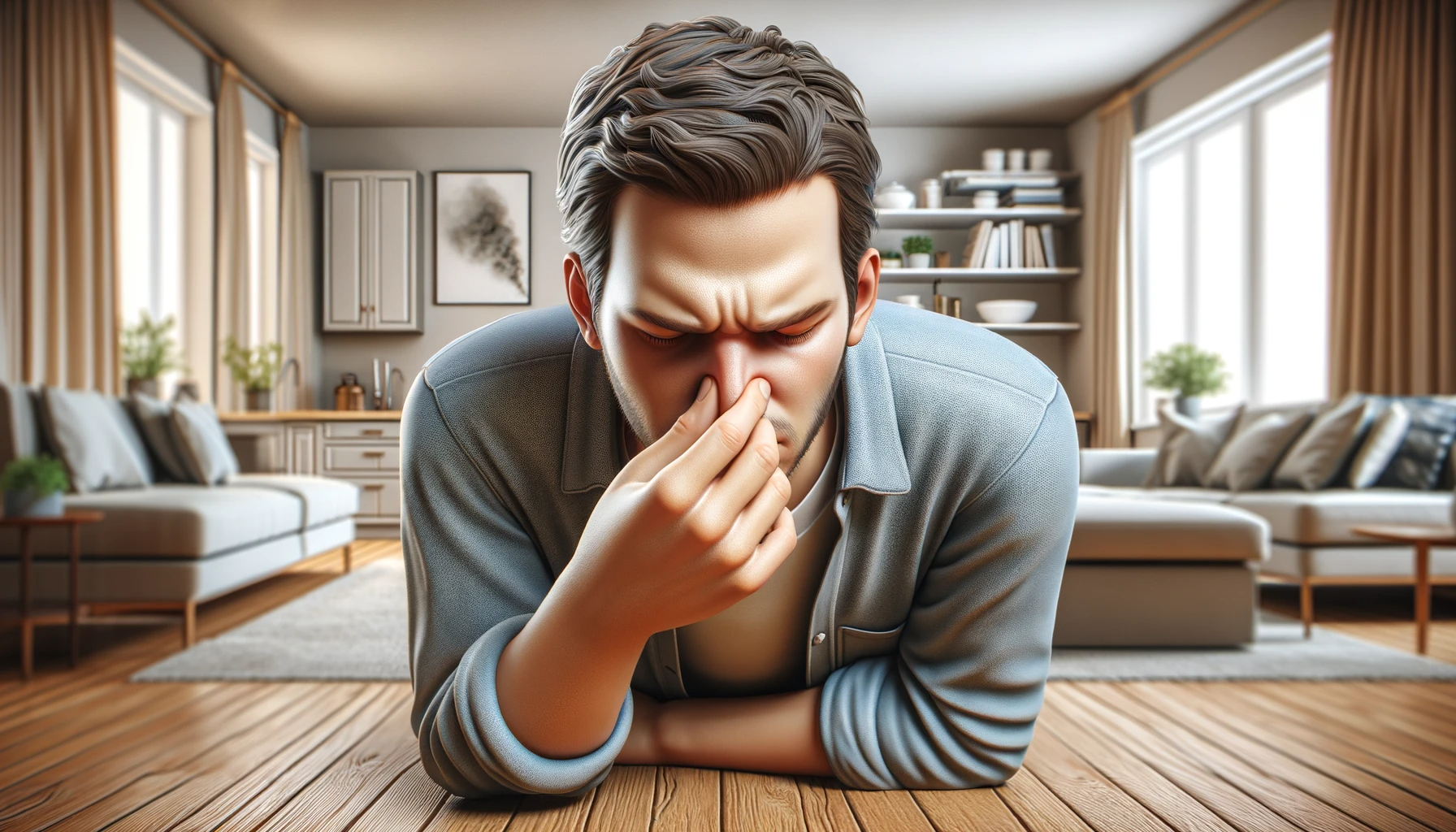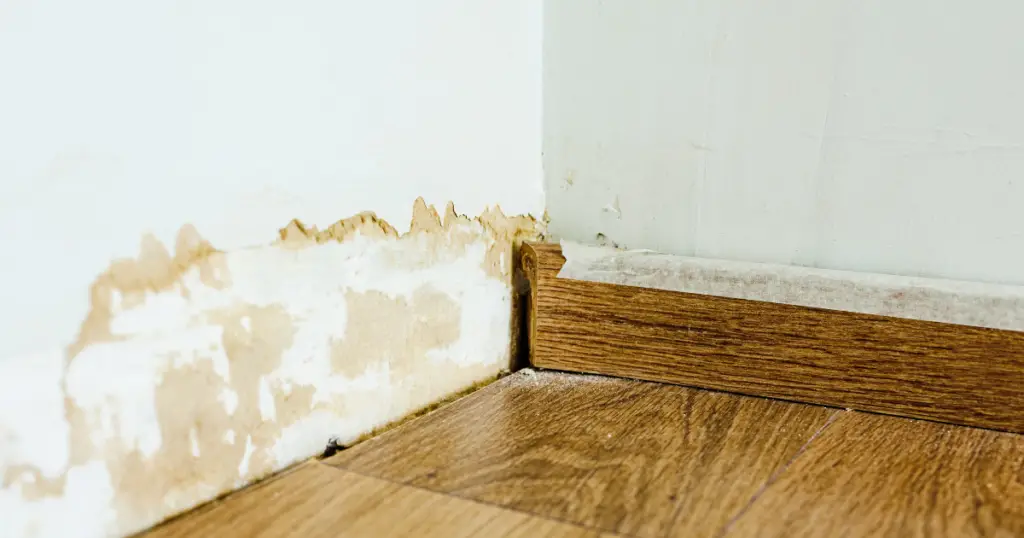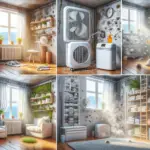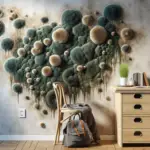What Does Mold Smell Like?
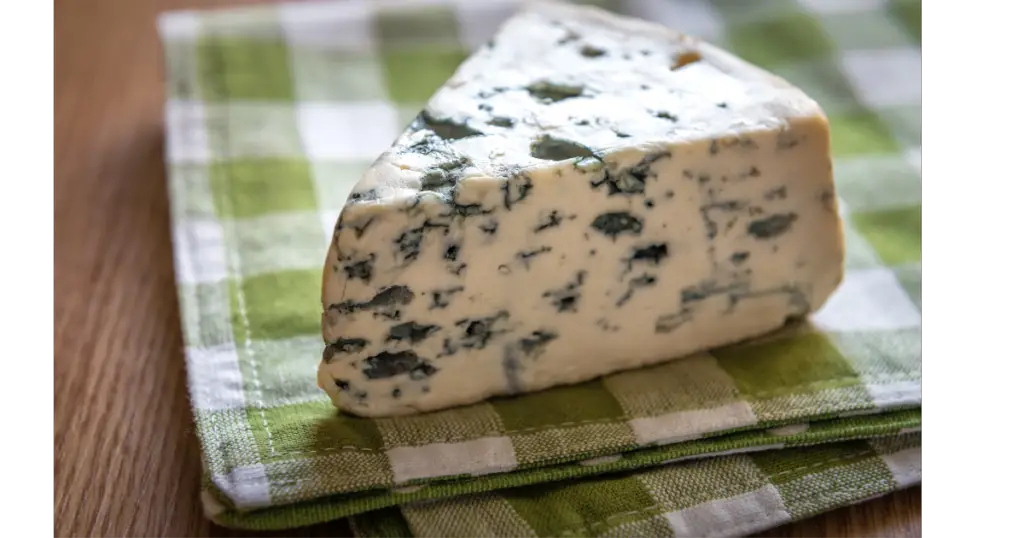
What is Mold?
Mold is a fungal growth that forms and spreads on various kinds of damp or decaying organic matter. Many different mold species come in many different colors. Molds are sometimes referred to as mildew. You can find them both inside and outside in any weather or time of year. Molds survive outdoors by feeding off of plants and dead organic matter, like leaves. Molds are commonly found in damp, indoor areas and use cellulose-based materials like wood as a food source.
Too much moisture usually leads to mold growing inside. Molds release tiny spores into the air, eventually landing in other locations and allowing reproduction. If mold spores land on a wet or moist surface, they can start growing and form new colonies. Most home and office buildings are the perfect environments for mold to grow because of the moderate temperatures and availability of nutrient sources.
Molds have been around since the beginning of time, and the types often seen in office buildings are not rare by any means. Even though you might think surgical operating rooms are sterile, it is important to understand that no indoor space is completely free from mold spores. Molds are found both indoors and outdoors, so it is impossible to avoid exposure altogether. Some places you might encounter mold include your home or workplace.
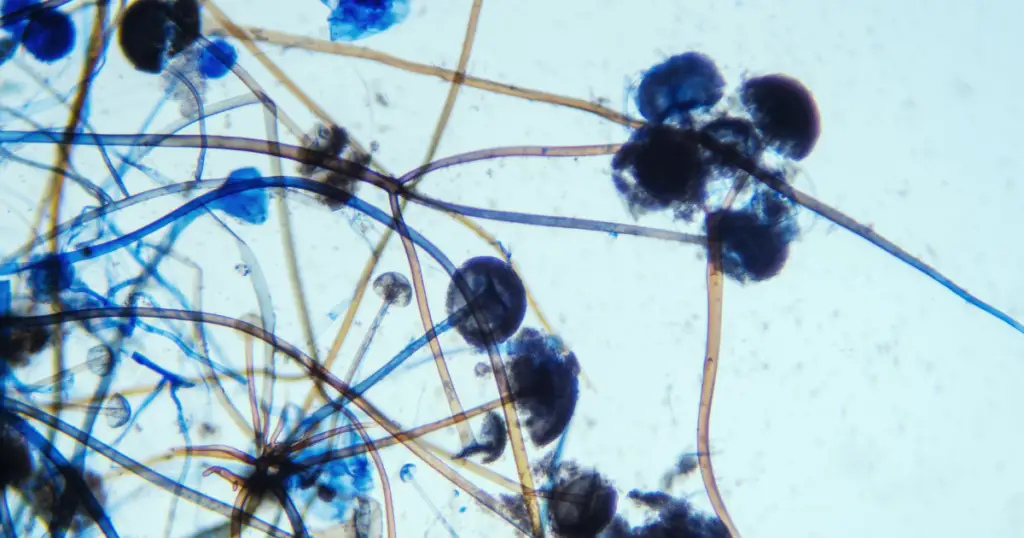
Mold Spores
Molds reproduce through tiny spores that are invisible to the human eye and can float both indoors and outdoors. Mold growth begins indoors when mold spores land on wet surfaces. None of the types of mold will develop without either water or humidity.
Is mold harmful?
Damp and moldy environments can negatively affect some people’s health, while others may feel no ill effects. People with compromised immune systems and those who are sensitive to mold may experience a variety of symptoms. For people with this sensitivity, mold exposure can cause a stuffy nose, wheezing, red or itchy eyes, and skin irritation. People with allergies to mold or asthma may have more severe reactions. Exposure can cause more severe reactions like high fever and difficulty breathing for those with a compromised immune system.
In 2004, the IOM gathered enough evidence to suggest that exposure to mold indoors can cause coughing and wheezing in otherwise healthy people. It can also worsen asthma symptoms in people with asthma and hypersensitivity pneumonitis in those with a vulnerable immune system.
In 2009, the World Health Organization (WHO) released more in-depth guidance on indoor air quality and mol. Studies conducted recently suggest that there might be a connection between exposure to mold at an early age and developing asthma later in life for some children– especially for kids with genes that make them more likely to get asthma. Additionally, these studies show that selected interventions improve living conditions and can decrease illnesses arising from asthma and respiratory allergies.
Although some people believe that there is a correlation between molds and health problems like acute idiopathic pulmonary hemorrhage among infants, memory loss, or lethargy, this has not been proven. More research is necessary to discover the root cause of acute idiopathic hemorrhage and other health problems it may present.
There is currently no blood test for mold. However, some physicians may be able to do an allergy test to see if the patient has any allergies to mold. Unfortunately, no clinically proven tests can pinpoint when or where a particular exposure to mold took place.
“Toxic Mold” & Stachybotrys chartarum
While certain molds are toxigenic and can produce toxins from mycotoxins, they are not poisonous. Hazards presented by molds that may produce mycotoxins, such as Stachybotrys chartarum, should be considered the same as other common molds which can grow in your house or workplace. There is contradicting research on whether toxigenic mold found indoors causes rare health conditions such as bleeding in the lungs. Research is ongoing in this area.

So what does Mold Actually Smell like?
Mold has a distinctive, musty odor. When you smell this kind of odor, mold is likely to present in the area. If you find yourself smelling musty odors and suspect mold may be present, it is important to take steps to identify and address the source of the problem.
Musty Smell
The musty smell associated with mold is usually very strong and easily identifiable. The musty smell or rotting leaves smell can indicate mold is present. Sometimes this smell is described as rotting wood or an earthy smell. This is usually the first sign of mold growth.
Sweaty Sock
When the mold smell starts to evolve into a more pungent smell, usually described as sweaty socks or old gym clothes, this smell indicates that the mold has started to spread. This is usually a result of moisture and high humidity levels in the mold-growing area.
This unpleasant odor indicates that bacteria are cohabiting the space with mold. This represents a mold colony that has significant growth. If you smell this odor, it is important to take immediate action to remove the mold from your home.
If you or someone in your household is experiencing allergy-like symptoms, such as congestion, headaches, eye irritation, or difficulty breathing; there is a good chance these ailments are being caused by exposure to mold.
Rotting Meat & rotting vegetables
Rotting Meat or other rotting organic materials are the bad smells most often associated with later-stage mold growth. Some people attribute this as the “black mold smell” which is often vilified as the most dangerous. But the truth is with out proper mold inspection there is no way to determine the exact type of mold.
Microbial Volatile Organic Compounds (mVOCs)
Microbial volatile organic compounds (MVOCs) come from various sources, the most common being metabolism in fungi and bacteria. None of the 200-plus compounds discovered as MVOCs during lab experiments are marked exclusively for microbial origin or solely generated by specific microbial species. Consequently, current methods do not prevail in detecting microbially contaminated areas through MVOC measurements. In this review, we summarized the basic physical and chemical properties of 96 typical MVOCs.
Of these, we gathered exposure and toxicological data for the most often analyzed and reported 15 MVOCs in buildings with moisture or microbial damage. The most obvious health effect of MVOC exposure is eye and upper-airway irritation. However, in human experimental exposure studies, symptoms of irritation have appeared at MVOC concentrations several orders of magnitude higher than those measured indoors (single MVOC levels in indoor environments have ranged from a few ng/m(3) up to 1 mg/m(3)). Furthermore, this is supported by the sensory-irritation response in mice, which increases as the dose does. In contrast, the current knowledge on potential toxicity is limited to only 15 MVOCs. Furthermore, other unmarked chemicals may be more potent and hazardous.
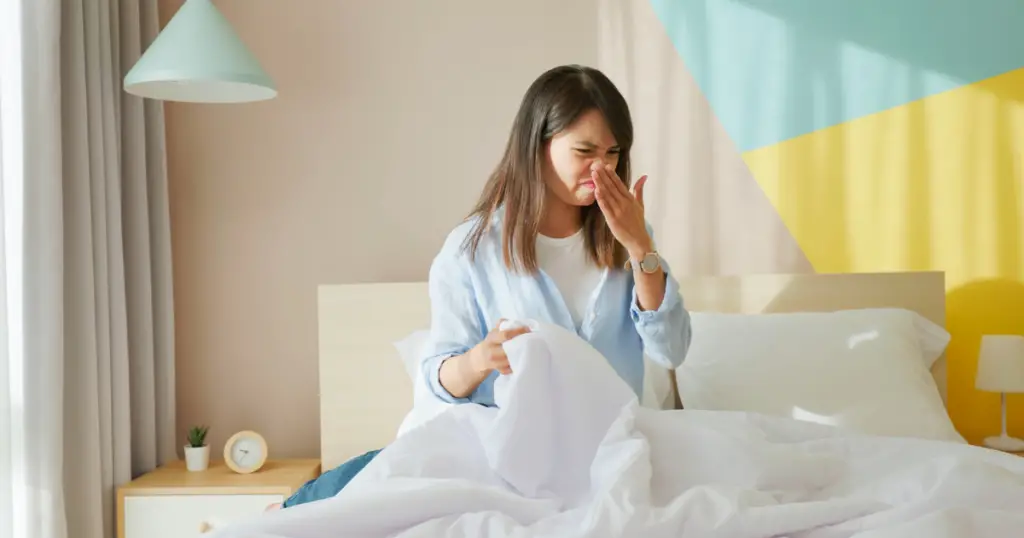
What to do about Mold Smells?
If you notice any of the above odors, getting a professional mold inspection is important. A qualified professional will be able to identify the source of the smell and provide guidance on the next steps. These steps may include increased ventilation in enclosed spaces, removal of affected materials, and drying out wet materials.
Masking Vs Remediating
Air fresheners and other cover-up techniques can temporarily mask odors, but do not address the underlying cause of the smell. Mold must be removed and eliminated to prevent further growth and potential health issues associated with mold exposure. It is important to utilize professional services to remediate existing mold rather than trying to cover up the smell. This will ensure
Understanding how Mold Grows
Mold grows when the conditions are favorable. Understanding the factors that influence mold growth can help you prevent it in the future. One of the most important is moisture—mold requires water or high humidity to survive and grow. Other environmental factors, such as temperature and air circulation, can also affect mold growth.
Signs Of Water Damage
You will often find water damage before the mold smell is detectable. Signs of water damage include discoloration, warping, and bubbling in walls or floors. You may also see stains on the ceiling or a musty smell that cannot be explained away. If you notice any of these signs, it is important to investigate further as soon as possible to mitigate mold growth and potential health risks.
A musty smell doesn’t always signify the presence of mold.
Unpleasant odors do not always indicate the presence of strong mold growth. Other issues, such as pet urine, decaying food, and cigarette smoke, can all create a musty smell in the home. It is important to identify the source of the odor before assuming it is mold. If you detect a musty mold smell but cannot find visible signs of it, a professional inspection may be necessary to determine its presence.
Taking steps to prevent mold growth before an odor becomes noticeable will ensure the health of your home or business. If you suspect there may be a problem
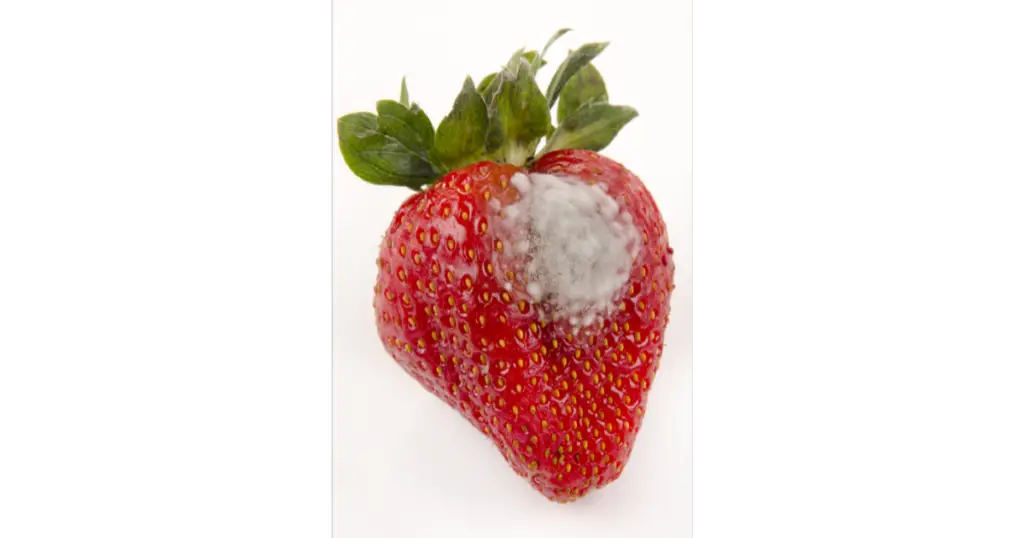
Triaging Mold in Your Home
Let’s say you have found mold in your home. It’s not a surprise! Because mold is present everywhere. What’s important is to assess the damage and triage accordingly.
A mold investigation by a professional inspector is the best way to determine the severity. They will take samples to identify the type of mold and its levels, then recommend a course of action. This could include removing moldy materials, increasing ventilation, and proper moisture management.
If there is significant damage or contamination, you may need to hire a professional remediation team to come in and safely remove and manage the mold. Be sure to ask for references and always read their contract carefully before signing anything!
Finally, it’s important to remember that preventative maintenance is always better than remediation. Regularly inspect your home for signs of water damage or high humidity levels and take steps to address any issues you find. Proper ventilation and limited water exposure
When You can do it yourself
In some cases, the mold growth may be minor, and you may feel confident tackling it yourself. In this case, it is important to remember that proper safety precautions need to be taken. Wear personal protective equipment such as goggles and a mask and use caution when removing materials from the affected area.
When to Call A Pro
In cases of significant mold growth, it is important to call a professional for assistance. Mold remediation companies are experienced and use specialized tools to ensure the safety of your home or business. Do not attempt to eliminate extensive mold growth on your own as this can lead to more serious health risks.
How to Remediate Mold Yourself
If you decide to clean up the mold yourself, use a detergent solution with water to clean the affected areas. Clean all surfaces thoroughly and discard any materials that cannot be salvaged. Thoroughly dry the area so there is no moisture left over. If the smell persists, use a HEPA air filter to scrub the air.
Control Humidity
Mold loves moisture, so keeping humidity levels low in your home or business is essential. Relative humidity below 60% is necessary to prevent mold growth. Install dehumidifiers and fans to help reduce moisture levels and ensure the ventilation system works properly. Regularly clean bathrooms, kitchens, basements, and other areas prone to high humidity.
Monitor your home or business for water damage or high humidity signs. Check all pipes regularly for leaks and address any plumbing issues quickly. Regularly inspect the walls of your home or business for signs of water damage and take steps to address any issues
Fresh Air
Be sure to open your windows as often as possible to circulate fresh air throughout your home or office. Good ventilation is essential for preventing mold growth and mold odor, so be sure your space is well-ventilated. Consider investing in a HEPA air purifier if you want extra protection against airborne contaminants.
Temperature Range
Mold loves warm, humid environments. Ensure your space maintains a temperature range that is not conducive to mold growth. Aim for temperatures in the range of 65-78 degrees Fahrenheit and keep relative humidity levels low.
These tips should help you prevent or manage any mold growth in your home or office. Taking steps to prev
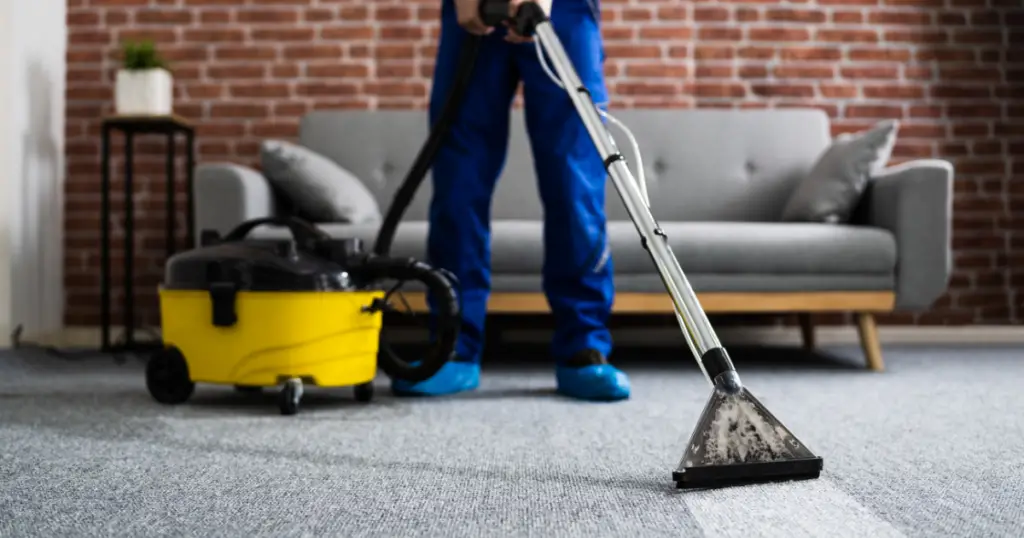
Cleaning
As mentioned above the first step for mold removal is to clean all affected surfaces. You need to do this once the temperature and humidity are under control. A detergent solution is sufficient for the task, and you can use a damp cloth to clean the surface. For more stubborn mold, you can use more aggressive cleaning processes. Depending on the surface you can use abrasive cleaning products and even sandpaper. Make sure to properly discard any materials that have been contaminated by the mold.
Disinfecting Vs Sanitizing
Once you’ve finished cleaning, it’s important to disinfect any affected surfaces properly. Disinfecting kills the mold while sanitizing cleans the surface and significantly reduces the risk of further contamination.
Disinfectants are EPA-registered products that are specifically designed to eliminate microorganisms like mold. Use a disinfectant registered for use on the material you are using, and follow all instructions carefully. Pay special attention to the product’s dwell time.’
Hidden Water Sources
Mold needs water to survive, so ensure you know any hidden sources in your home or business. Check behind walls and under floors for any signs of water damage or leaks. Repair all plumbing issues quickly and use dehumidifiers to keep humidity levels low. Regularly inspect the exterior of your building for any signs of water leakage and take steps to address any issues.
Regular Inspections
Finally, it’s important to establish a regular inspection routine for your home or business. Regularly inspect the walls, floors, and ventilation system for any signs of mold growth or water damage.
Mold can produce a musty odor that is difficult to get rid of. The best way to prevent this is to prevent damp conditions and to keep the area well-ventilated. If you do find mold, be sure to clean it and disinfect the area.
[/et_pb_text][/et_pb_column][/et_pb_row][/et_pb_section]

